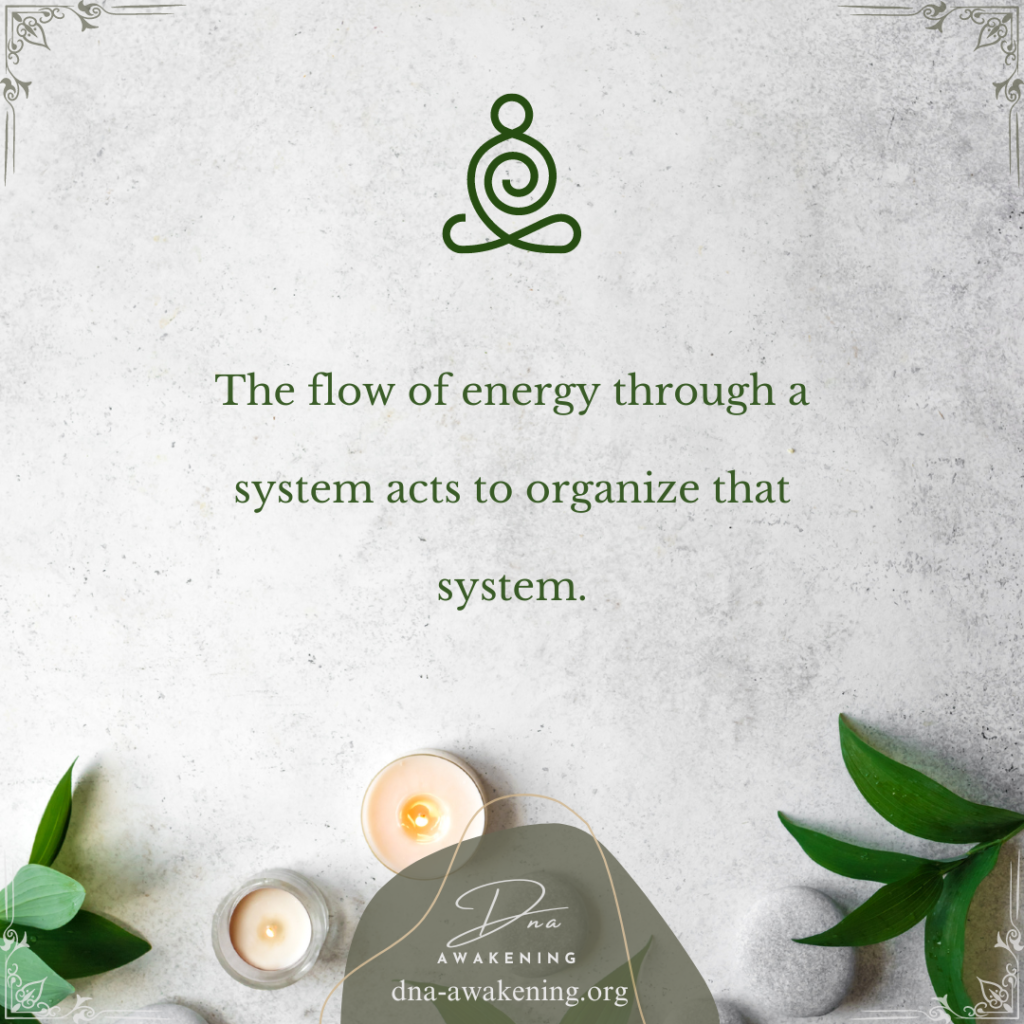Are you interested in learning how to harness the power of qi and prana, the two ancient concepts of life force energy? If so, you are not alone. Many people around the world are curious about these energies and how they can benefit their health, well-being, and spiritual growth.
Qi and prana are similar but not identical. They both refer to the subtle energy that flows through all living beings and connects them to the universe. However, they come from different traditions and have different perspectives and practices associated with them.
Qi is the term used in Chinese culture, especially in the context of Traditional Chinese Medicine (TCM), Qigong, Tai Chi, and other martial arts. Qi is believed to circulate in the body along specific pathways called meridians and can be manipulated by various techniques such as acupuncture, massage, breathing, and movement. The goal of working with qi is to balance the yin and yang aspects of energy and harmonize the body, mind, and spirit.
Prana is the term used in Indian culture, especially in the context of Hinduism, Yoga, Ayurveda, and other spiritual traditions. Prana is believed to flow in the body along channels called nadis and can be activated by various methods such as pranayama, meditation, mantra, mudra, and asana. The goal of working with prana is to awaken the kundalini energy at the base of the spine and raise it through the seven chakras, or energy centers, in the body.
Both qi and prana are powerful sources of energy that can be harnessed for healing, wellness, and transformation. However, they are not something that can be acquired or possessed. They are natural gifts that everyone has access to but needs to cultivate and nurture with awareness and intention.
Here are some tips on how to harness the power of qi and prana for beginners:
- Start with a clear intention. Why do you want to work with qi or prana? What are your goals or aspirations? How do you want to feel or change? Having a clear intention will help you focus your energy and direct it towards your desired outcome.
- Choose a practice that resonates with you. There are many ways to work with qi or prana, but not all of them may suit your personality, lifestyle, or preferences. Experiment with different practices and see what feels good for you. You may prefer a more active or passive approach, a more physical or mental focus, a more structured or flexible routine, etc.
- Be consistent and patient. Working with qi or prana is not a quick fix or a magic pill. It takes time, dedication, and perseverance to see results. Don’t expect to master it overnight or to achieve instant enlightenment. Instead, enjoy the process and appreciate the gradual changes that occur in your body, mind, and spirit.
- Seek guidance from a qualified teacher or practitioner. Working with qi or prana can be rewarding but also challenging. It can bring up physical, emotional, mental, or spiritual issues that need to be addressed or resolved. It can also expose you to higher levels of energy that need to be handled with care and respect. Therefore, it is advisable to seek guidance from someone who has experience and expertise in working with qi or prana, and who can support you on your journey.
- Have fun and be creative. Working with qi or prana is not a chore or a duty. It is an opportunity to explore your inner potential and express your unique self. Don’t take it too seriously or too lightly. Have fun and be creative with it. Experiment with different techniques, tools, music, colors, etc. Find what works for you and what makes you happy.
Both qi and prana are powerful sources of energy that can be harnessed for healing, wellness, and transformation. However, they have some differences that are worth noting:
- Qi is more focused on the physical aspect of energy, while prana is more focused on the spiritual aspect of energy.
- Qi is more concerned with maintaining health and preventing disease, while prana is more concerned with achieving enlightenment and liberation.
- Qi is more influenced by external factors such as climate, diet, emotions, etc., while prana is more influenced by internal factors such as thoughts, beliefs, intentions, etc.
- Qi is more related to the concept of harmony, while prana is more related to the concept of power.
- Qi is more associated with the element of air, while prana is more associated with the element of fire.
These differences do not mean that qi and prana are incompatible or contradictory. They are simply different expressions of the same universal energy that pervades everything. By understanding their similarities and differences, we can appreciate their diversity and richness, and learn how to work with them in a holistic and integrated way.
Working with qi or prana can be a life-changing experience that can enhance your health, happiness, and harmony. By following these tips, you can start harnessing the power of qi and prana today.


